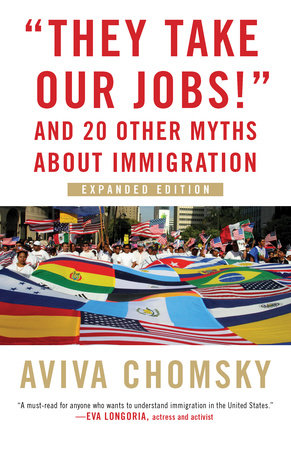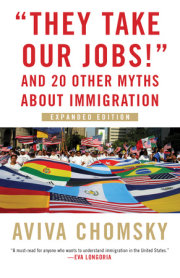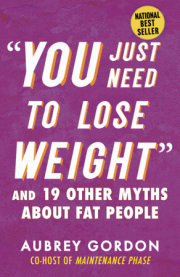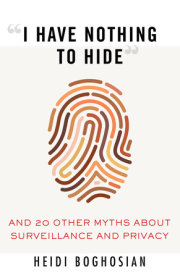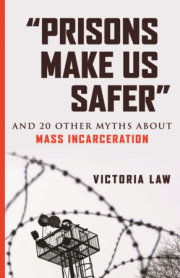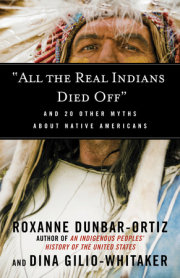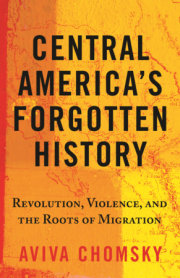A Note on Terminology
Introduction, 2018
Introduction, 2007
PART ONE: IMMIGRANTS AND THE ECONOMY
Myth 1. Immigrants take American jobs
Myth 2. Immigrants compete with low-skilled workers and drive down wages
Myth 3. Unions oppose immigration because it harms the working class
Myth 4. Immigrants don’t pay taxes
Myth 5. Immigrants are a drain on the economy
Myth 6. Immigrants send most of what they earn out of the country in the form of remittances
PART TWO: IMMIGRANTS AND THE LAW
Myth 7. The rules apply to everyone, so new immigrants need to follow them just as immigrants in the past did
Myth 8. The country is being overrun by illegal immigrants
Myth 9. The United States has a generous refugee policy
PART THREE: IMMIGRATION AND RACE
Myth 10. The United States is a melting pot that has always welcomed immigrants from all over the world
Myth 11. Since we are all the descendants of immigrants here, we all start on equal footing
Myth 12. Today’s immigrants threaten the national culture because they are not assimilating
Myth 13. Today’s immigrants are not learning English, and bilingual education just adds to the problem
PART FOUR: HOW HAVE US POLICIES CREATED IMMIGRATION?
Myth 14. Immigrants only come here because they want to enjoy our higher standard of living
Case Study: The Philippines
PART FIVE: THE DEBATE AT THE TURN OF THE MILLENNIUM
Myth 15. The American public opposes immigration, and the debate in Congress reflects that
Myth 16. The overwhelming victory of Proposition 187 in California shows that the public opposes immigration
Myth 17. Immigration is a problem
Myth 18. Countries need to control who goes in and out
Myth 19. We need to protect our borders to prevent criminals and terrorists from entering the country
Myth 20. If people break our laws by immigrating illegally, they are criminals and should be deported
Myth 21. The problems this book raises are so huge that there’s nothing we can do about them
Epilogue
Timeline
Acknowledgments
Notes

